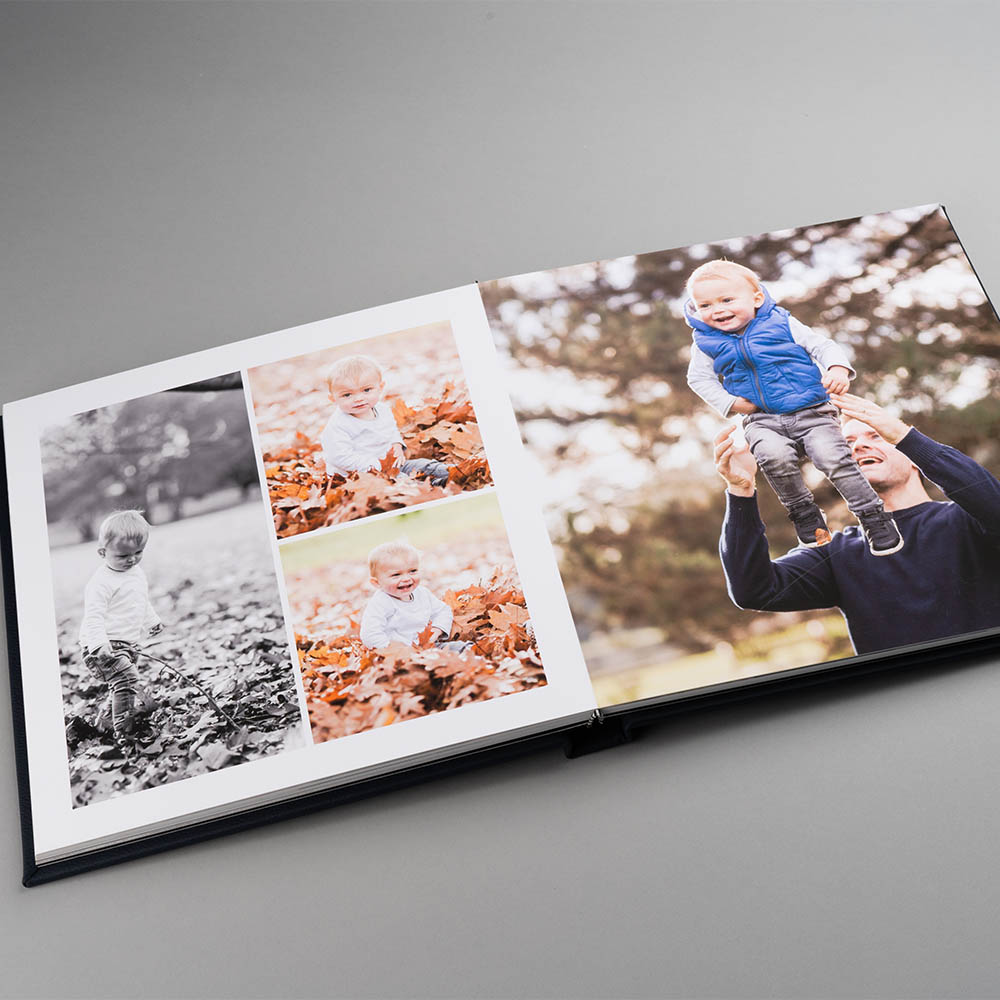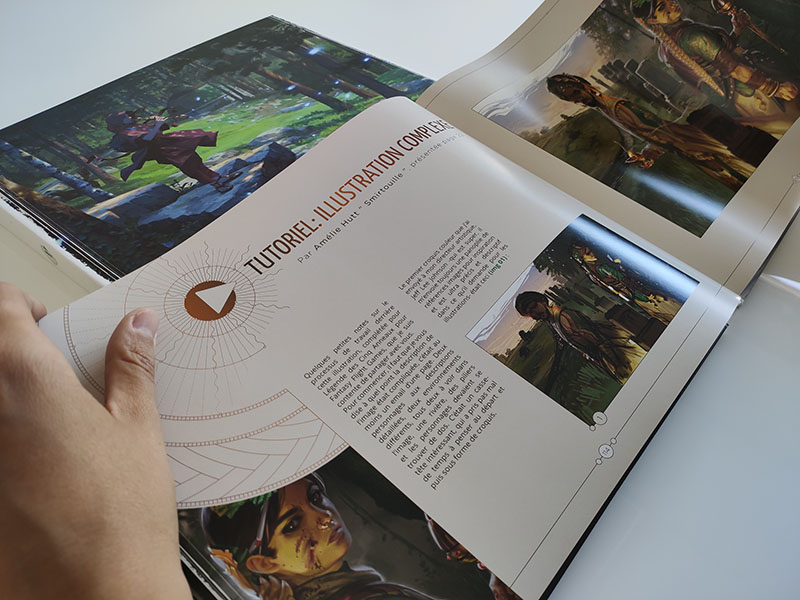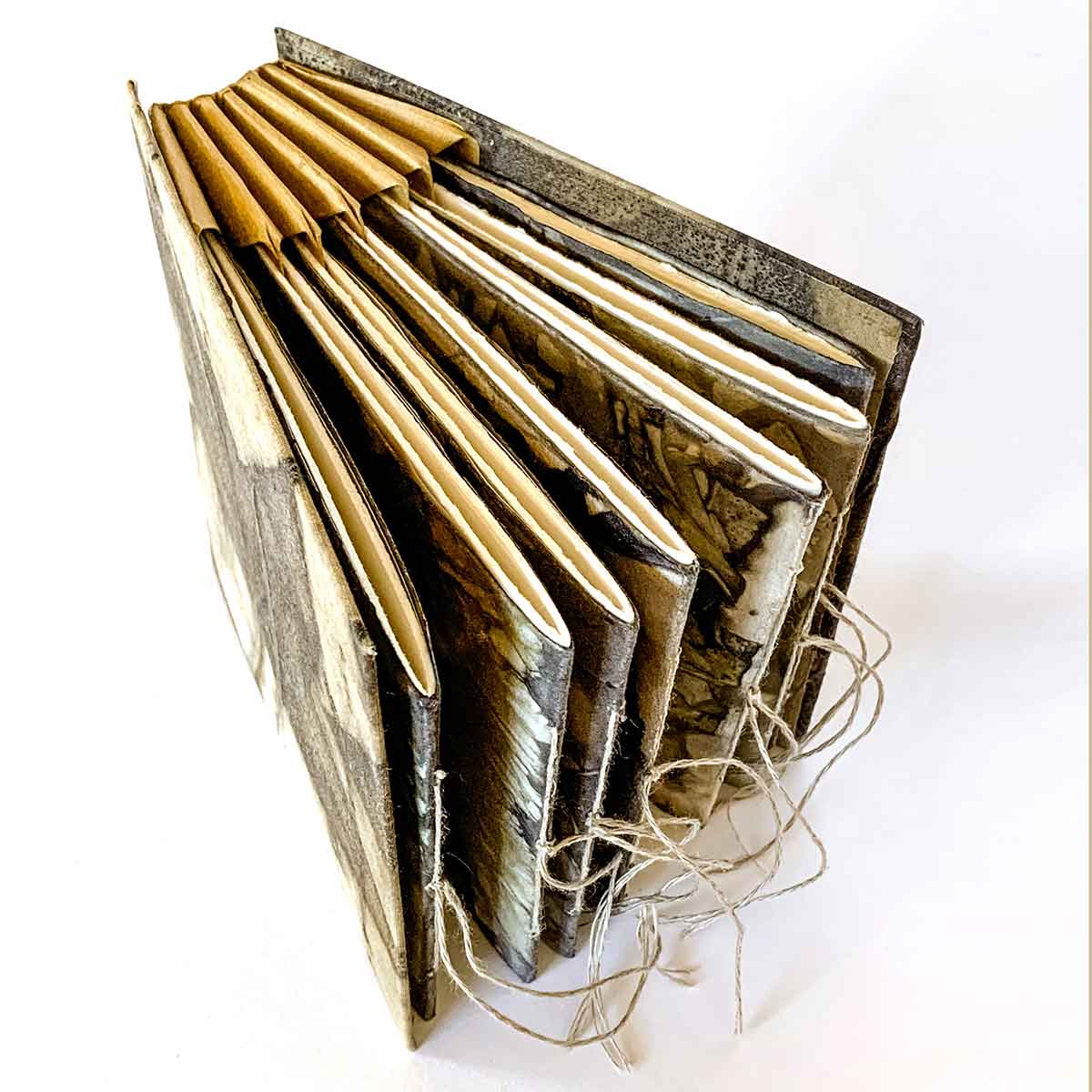How Paper Finish Matters in Your art book Printing
Comprehending the Process Behind High-grade Art Book Printing for Art Lovers
When it concerns high-grade art book printing, comprehending the details of the process can raise your gratitude for the end product. You could not realize just how vital paper option and ink options are to the vibrancy of art work. Each element plays a substantial role in accomplishing the wanted result. As you explore the numerous components of art book printing, you'll discover understandings that could change your point of view on art preservation and discussion.
The Significance of Paper Choice in Art Book Printing
When it pertains to art book printing, the selection of paper can make or break the final product. You want your art work to beam, and the right paper enhances color vibrancy and information. Take into consideration elements like weight, structure, and surface; these aspects substantially influence how readers perceive your work.
As an example, a much heavier supply shares top quality and durability, while a textured coating can include deepness to photos. Smooth paper is excellent for comprehensive reproductions, enabling fine lines and subtle shades to appear crisp.
Do not ignore the paper's illumination; a brighter sheet can help colors pop, making your art more attractive. You'll also wish to think of just how the paper connects with inks and whether it can handle the printing process without buckling or bleed-through. Inevitably, choosing the best paper sets the phase for your art, guaranteeing it catches the audience's focus simply as you pictured.
Selecting the Right Inks for Dynamic Reproductions
Picking the ideal inks is equally as essential as picking top quality paper to accomplish dynamic reproductions in your art book. When you're publishing artwork, you want shades that pop and accurately stand for the original item. Choose inks with a high pigment concentration; these tend to generate richer and much more saturated shades.
You might think about using historical inks, which stand up to fading with time, guaranteeing your art book stays as striking as the day it was published. If you're working with pictures or digitally developed art, pigment-based inks can offer a bigger color range, boosting detail and deepness.
Do not ignore the surface! Matte and shiny inks can considerably alter the appearance of your art work, so think of the appearance you're intending to accomplish - art book. Inevitably, the best ink option enhances your paper selection, producing a magnificent visual experience for your visitors
The Duty of Shade Management in Print Quality
Color administration plays an essential function in accomplishing high print top quality for your art book. It guarantees that the colors you see on your display equate accurately to the printed web page. Without reliable shade management, your dynamic artworks may show up dull or distorted, undermining your innovative vision.
To begin, adjust your display consistently. This action helps maintain regular shade depiction. Next off, make use of shade accounts customized for your printer and paper type. These profiles direct the printer in replicating colors precisely, minimizing discrepancies between digital and printed versions.
When you prepare your documents, take into consideration utilizing a color space like Adobe RGB or CMYK, depending on your printer's specifications. Constantly evidence your job, as well; a test print can reveal any possible shade problems before the last run. By prioritizing shade monitoring, you secure the stability of your art, guaranteeing your target market experiences it as you planned.

Recognizing Various Binding Strategies
Achieving the excellent seek your art book goes beyond shade management; binding methods also play a considerable role in its total presentation and durability. You have numerous options to examine, each with its own special characteristics.
If you're intending for a professional feel, instance binding supplies a strong alternative with a difficult cover, perfect for showcasing your art work. On the various other hand, excellent binding supplies a flexible spinal column while maintaining prices down, making it a prominent selection for softcover publications.
Spiral binding allows your art book to lay level, which is great for presenting pictures without blockage. Saddle stitching is optimal for smaller sized brochures, giving a clean surface without the Check Out Your URL mass.
Inevitably, the binding technique you choose must mirror your artistic vision and how you want visitors to involve with your job. Make certain to consider these options thoroughly to accomplish the best result for your task.
The Impact of Print Size and Layout on Presentation
While the option of print dimension and design might seem secondary to content, they significantly influence how your artwork is perceived. The dimensions of your prints can either enhance or decrease the effect of your pieces. Larger prints can draw viewers in, allowing them to appreciate intricate information, while smaller sized layouts could need more intimate engagement.

Conservation Strategies for Long-lasting Art Books
To guarantee your art books stand the examination of time, it's vital to apply efficient conservation techniques. Use acid-free storage space boxes or protective sleeves to shield them from dirt and physical damage.
When managing your publications, always wash your hands or put on cotton gloves to prevent oils and dust transferring onto the pages. Prevent bending or wrinkling the spines; instead, utilize book sustains when displaying them.
For added security, consider purchasing archival-quality materials for any kind of repairs or improvements. Routinely inspect your collection for indicators of wear or damages, addressing problems immediately. By adhering to these simple techniques, you can ensure your art publications continue to be dynamic and available for years ahead, preserving their beauty and value for future generations.
Teaming up With Printers for Optimal Results
When you prepare to print your art book, choosing the best printer is vital to attaining your vision. Clear interaction regarding your assumptions and requirements will certainly assist ensure that both you and the printer are on the exact same page. Let's explore how to make this collaboration as smooth and efficient as feasible.
Picking the Right Printer

Effective Communication Methods
Effective communication is necessary for transforming your art book vision into reality, particularly when teaming up with printers. art book. Beginning by clearly describing your task's objectives, including design aspects, preferred products, and any kind of specific printing methods. Don't think twice to share your ideas and references; this aids the printer recognize your aesthetic
Establish regular check-ins to go over progression and visit homepage deal with any type of concerns. Usage visuals, like mock-ups or examples, to communicate your concepts better. Be open to responses, as printers often have valuable insights that can enhance your project. Preserve a positive relationship by being respectful and satisfied of their expertise. This cooperation will certainly assure that your art book satisfies your expectations and shines in its last kind.
Regularly Asked Inquiries
What Are Usual Errors to Avoid in Art Book Printing?
When publishing your art book, prevent common blunders like bad resolution images, wrong shade profiles, and disregarding web page layout. Do not fail to remember to proofread and ascertain details to confirm your end product fulfills your expectations.
Just How Does Digital Printing Differ From Standard Printing Methods?
Digital printing makes use of electronic documents to create prints straight, permitting quicker turn-around and personalization. In contrast, standard methods include physical plates, which can be time-consuming and less adaptable for little runs or one-of-a-kind designs.
What Is the Regular Turnaround Time for Art Book Printing?
The regular turnaround time for art book printing differs, yet you can expect it to take anywhere from a couple of click to investigate weeks to several months. Aspects like intricacy, quantity, and printing approach all influence this timeline.
Can I Print a Restricted Version Art Book Economically?
You can publish a minimal edition art book financially by picking affordable products, maximizing print runs, and utilizing electronic printing alternatives. Careful planning and budgeting will certainly assist you achieve high quality without spending beyond your means.
What Are the Ecological Considerations in Art Book Printing?
When thinking about art book printing, you need to think about environment-friendly products, sustainable inks, and energy-efficient processes (art book). Choosing regional printers can additionally decrease your carbon footprint, making your job both attractive and environmentally accountable